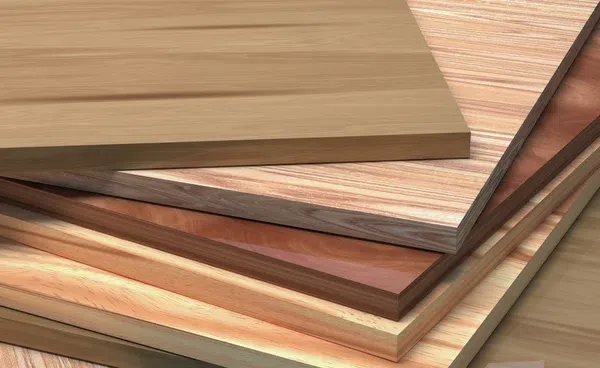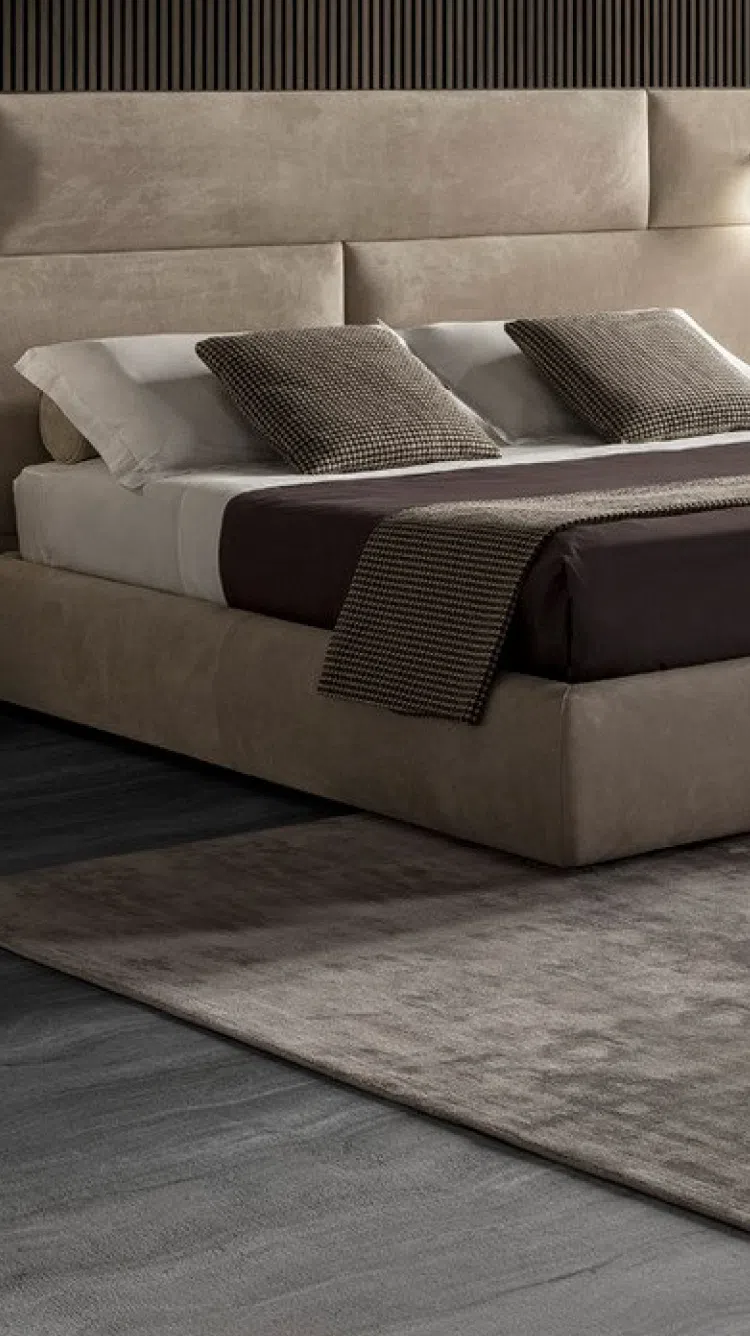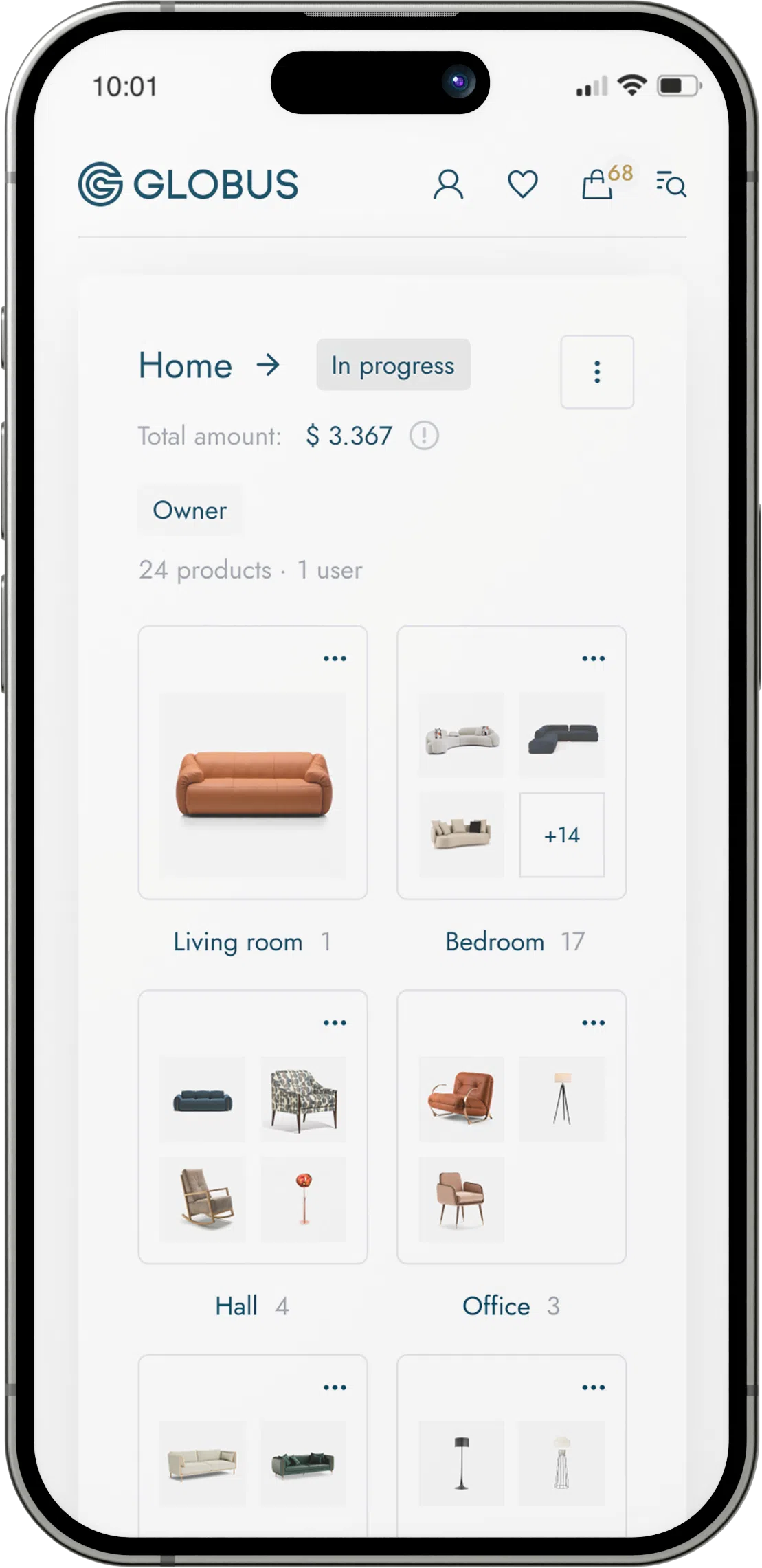
Particle board, also known as particleboard and chipboard, is an engineered wood product manufactured from wood chips, sawmill shavings, or even sawdust, and a synthetic resin or other suitable binder, which is pressed and extruded. It is a low-density type of fiberboard that is typically used in the production of budget-friendly furniture and building materials. Here’s a more detailed look at various aspects of particle board material:
Properties and Characteristics
Composition: The primary raw materials for particle board are wood particles, ranging from coarse chips to fine fibers, which are blended with synthetic resins such as urea-formaldehyde, phenol-formaldehyde, or melamine resins. The mixture is then subjected to heat and pressure to cure the resin, resulting in the formation of a rigid board.
Density: Particle board generally has a density ranging from 650 kg/m³ to 750 kg/m³. Products designed for specific applications may vary in density.
Surface: The surface of particle board is generally not as hard as that of plywood or solid wood, and it tends not to hold screws as well. Often, veneers, laminates, or other coverings are applied to improve its appearance and structural properties.
Strength: Compared to other wood products such as plywood or MDF (medium-density fiberboard), particle board tends to have lower structural strength. It is more prone to sagging or deforming under heavy loads, and it doesn’t resist moisture well unless it's been specially treated or coated.
Workability: While particle board can be cut using common woodworking tools, it tends to produce a lot of dust. When cutting, it's essential to use sharp blades to prevent chipping or damage to the surface.
Applications
Furniture: Particle board is widely used in the furniture industry, particularly in budget-friendly products such as flat-pack furniture, shelving, and bookcases.
Cabinetry: Kitchen and bathroom cabinets often use particle board as a primary material, especially for box construction, because it is cost-effective and easily covered with veneers or laminates.
Flooring: It’s also used as an underlayment for carpets or laminated flooring, providing a flat and stable base.
Advantages
Cost-effective: Particle board is cheaper than many other wood products, which makes it an attractive option for furniture makers and consumers with tight budgets.
Eco-friendly: It makes use of wood waste materials that would otherwise be discarded, contributing to a more efficient use of resources.
Versatility: Its smooth surface, when covered with veneer or laminate, can mimic the look of more expensive wood products.
Disadvantages
Moisture Resistance: Standard particle board is vulnerable to moisture and humidity, which can cause swelling or decay. It must be well-sealed or treated for use in damp environments.
Structural Integrity: It does not bear loads as well as other wood products and has a tendency to sag or break under heavy weight, limiting its use in structural applications.
Durability: Under heavy use, particle board can deteriorate more quickly than solid wood or other engineered wood products.
To extend the lifespan of particle board furniture and maintain its appearance, users need to handle it with care and possibly add additional supports for heavy items. Environmental concerns are also important to consider, as the binding agents used in particle board manufacturing can off-gas formaldehyde and other volatile organic compounds (VOCs), although this has been significantly reduced in recent products due to stricter regulations and better manufacturing processes.


